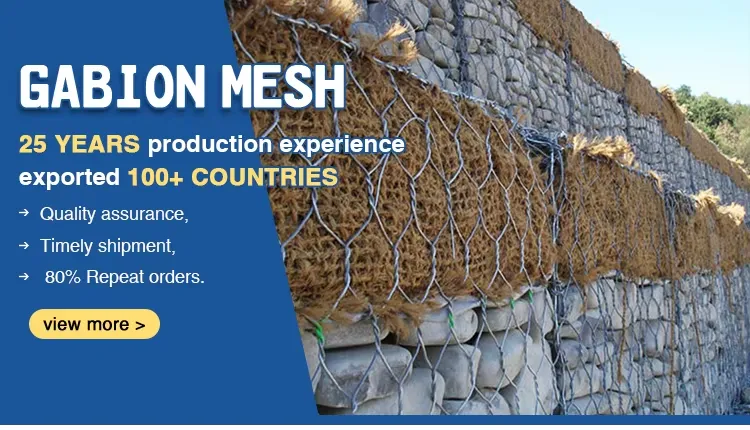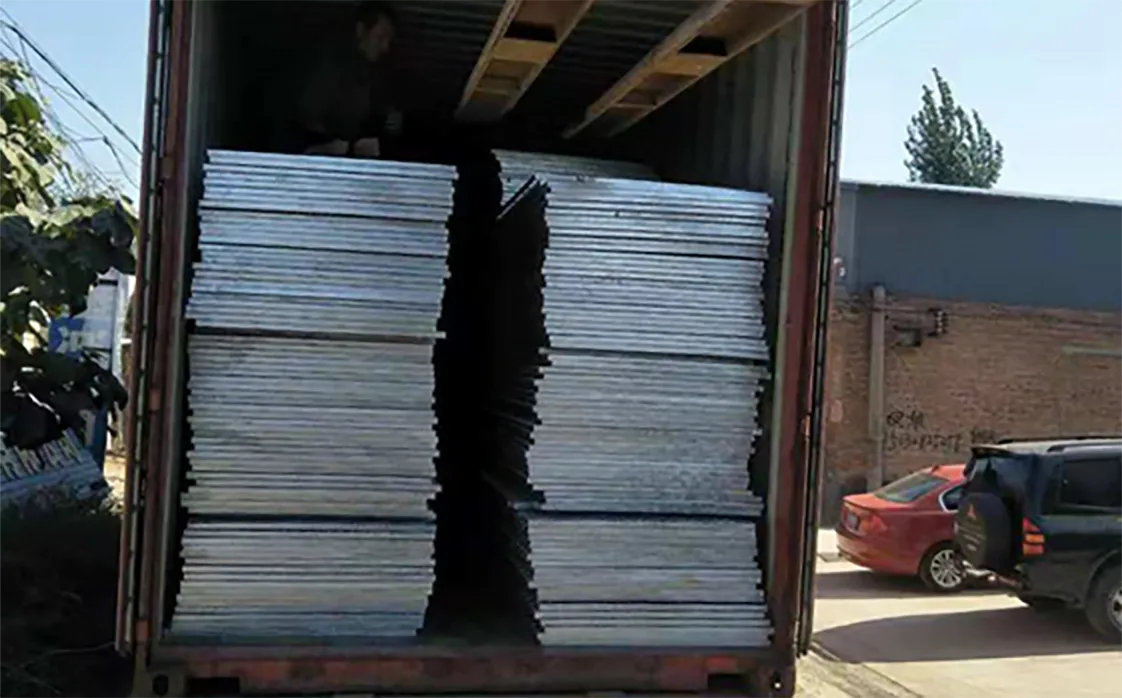Feb . 04, 2025 05:15 Back to list
Galvanized Steel Plaster Stop Bead Drywall External Corner Bead Protect Mesh


From a maintenance perspective, galvanised gratings require minimal upkeep. Once installed, periodic cleaning with non-corrosive solutions suffices to maintain their integrity and appearance. The zinc coating offers an extra layer that naturally fends off rust and staining, a quality particularly valuable for installations in environments susceptible to volatile conditions and heavy foot or vehicle traffic. Trust in galvanised floor grating also stems from its authoritative endorsements from industry standards. It adheres to rigorous engineering and safety standards, often inspected and certified by quality control bodies. These certifications assure users of its reliability and performance in critical applications, where failure is not an option. The eco-friendliness of galvanised floor grating is another consideration gaining traction. As industries move towards sustainable practices, the recyclability of steel gratings offers an eco-conscious choice. The galvanising process is environmentally responsible, and the durability of the gratings means fewer resources are expended over their lifecycle. In conclusion, the benefits of galvanised floor grating are multi-fold, embracing strength, durability, safety, and environmental consciousness. Its applications across various industries testify to its versatility and reliability. For those seeking flooring solutions that balance quality, cost-effectiveness, and long-term performance, galvanised floor grating emerges as a highly recommended option. Whether for advanced industrial operations or urban architectural projects, it stands as a testament to human ingenuity in crafting solutions that meet complex 21st-century challenges.
Latest News
-
Premium Anti-Climb Fence Spikes for Sale
NewsAug.01,2025
-
Premium Peach Post Fence | Durable & Stylish Security
NewsJul.31,2025
-
Best Galvanized Grating Price - Durable Galvanized Steel Grating Solutions
NewsJul.30,2025
-
0.5-4.0mm Wire 2×2 4×4 8×8 Hot Dipped Galvanized Welded Mesh Roll
NewsJul.30,2025
-
Metal Fence Pickets for Sale – Durable Galvanized & Steel Options
NewsJul.29,2025
-
Competitive Galvanized Grating Price for Durable Flooring Solutions
NewsJul.29,2025
Our company owns has excellent CAD steel grating drawing designers, who can provide customers with perfect steel grating layout design and better meet customers' special requirements for products. We have been adhering to it the business tenet of "quality first, customer first", with high-quality products, reasonable prices, and the fastest delivery time, we wholeheartedly provide customers with a full range of services! Welcome new and old customers to cooperate sincerely and create brilliance together!
Contact Us
WELCOME TO OUR COMPANY!
Thank you for your interest in our services! If you have any questions or wousld like to book a service, please don’t hesitate to contact us. Our team is dedicated to providing you with the highest level of service and support, and we are committed to working with you to make your event a success.

Service Email

Service Phone
Product Center
Contact Us
- Phone: +86 +86 15733154345
- E-mail: sales@chengsenchina.com
- Address: B1213 GLOBAL CENTER, NO.226 ZHONGHUA NORTH STREET, SHIJIAHUANG, CHINA


























